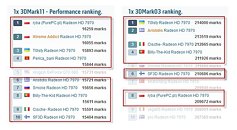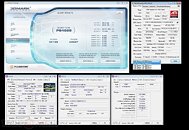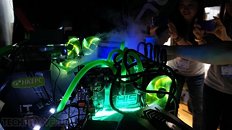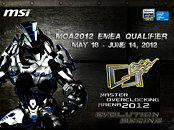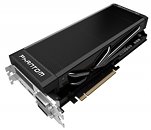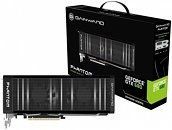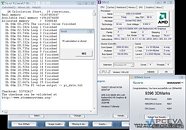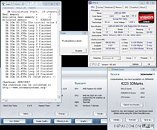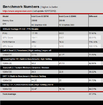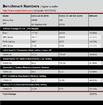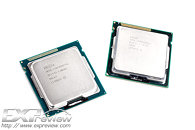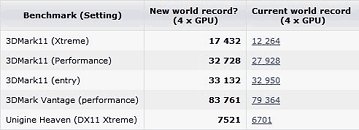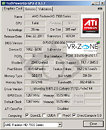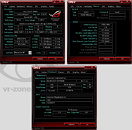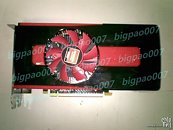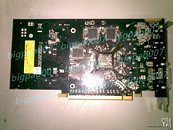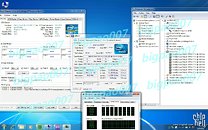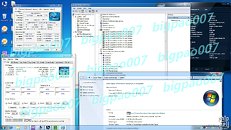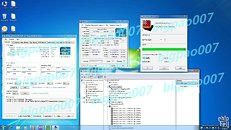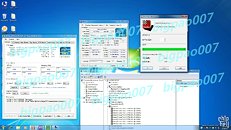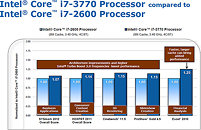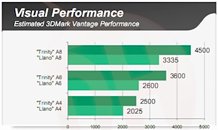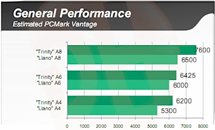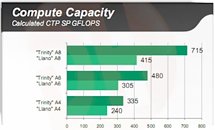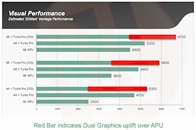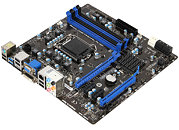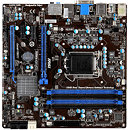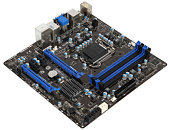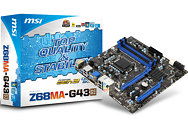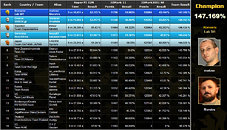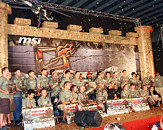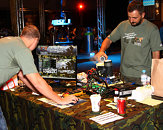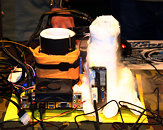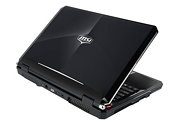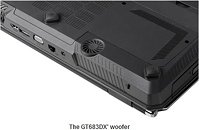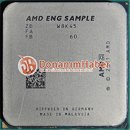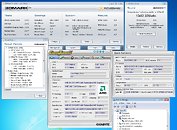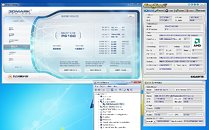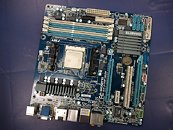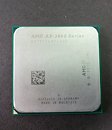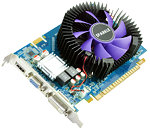
MSI HD 7970 Lightning Graphics Card Breaks 3DMark World Records 8 Consecutive Times
The fierce MSI MOA (Master Overclocking Arena) 2012 EMEA Qualifier competition has ended successfully on June 14; European overclocking experts from a total of 16 countries competed in the event and have broken world records for 3DMark11 and 3DMark03 eight consecutive times. The top five scores of the winners of EMEA Qualifier competition are Xtreme Addict (Poland), T0lsty (Ukraine), ryba (PurePC.pl) (Poland), Aristidis (Greece) and Smoke (Russian Federation); the winners will team up and advance to the MOA 2012 World Overclocking Finals, and head to Taiwan to compete in the world-class "Steel World" competition.
During this skirmish, the competitors' first choice MSI HD 7970 Lightning graphics card ranked number 1 for both 3DMark11 and 3DMark03; the Polish contestant Xtreme Addict's 3DMark11 P score: 16055 marks and the Ukraine contestant T0lsty's 3DMark03 score: 214000 marks won the competition's first place for each single graphics card event respectively,. Which just goes to show that the contestants are completely fired up to march towards the worldwide Grand Final! After the EMEA Qualifier, another shot at 3DMark11 P score of 16259 marks resulted in a new WR by Polish overclocker: ryba (PurePC.pl).
During this skirmish, the competitors' first choice MSI HD 7970 Lightning graphics card ranked number 1 for both 3DMark11 and 3DMark03; the Polish contestant Xtreme Addict's 3DMark11 P score: 16055 marks and the Ukraine contestant T0lsty's 3DMark03 score: 214000 marks won the competition's first place for each single graphics card event respectively,. Which just goes to show that the contestants are completely fired up to march towards the worldwide Grand Final! After the EMEA Qualifier, another shot at 3DMark11 P score of 16259 marks resulted in a new WR by Polish overclocker: ryba (PurePC.pl).
